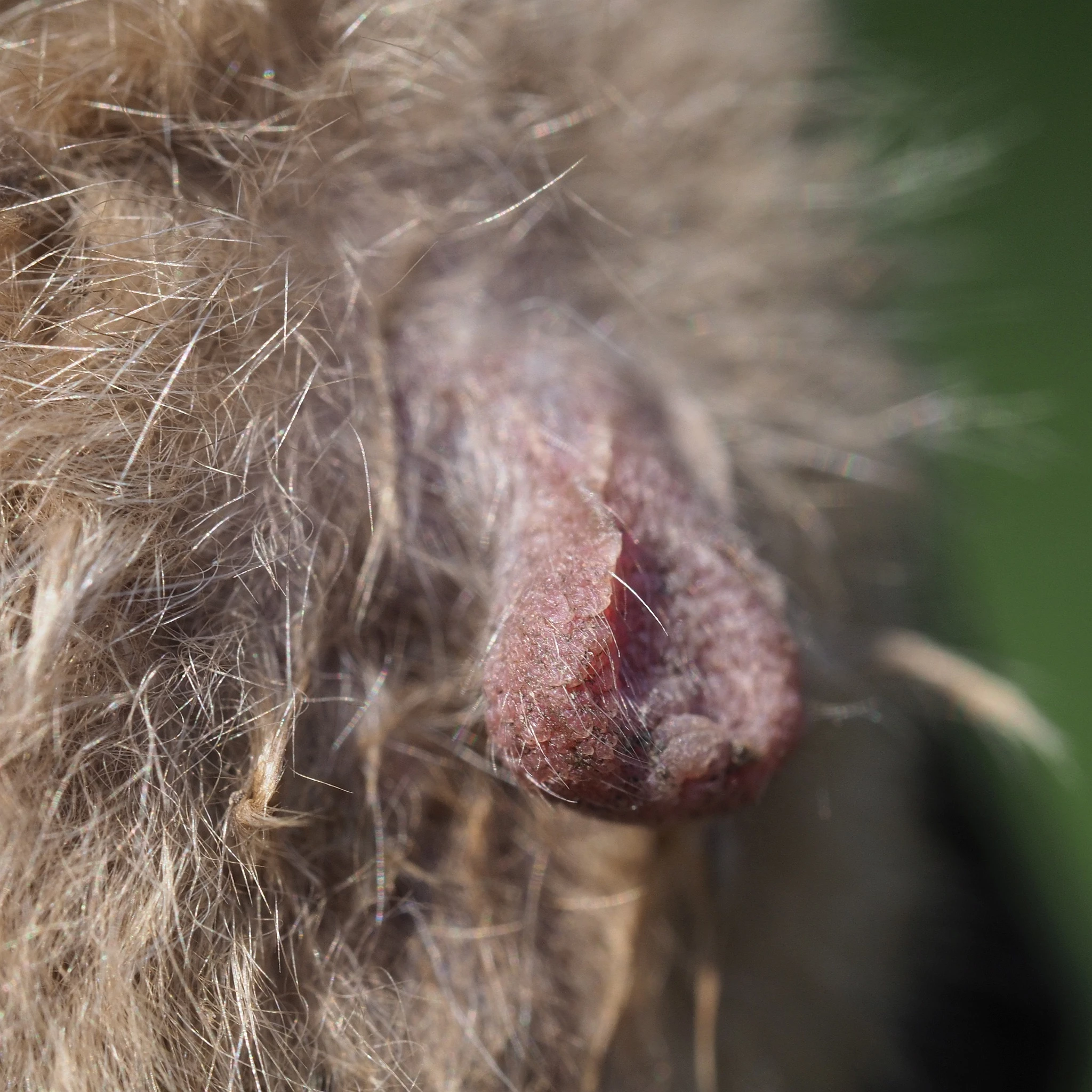In one of the strangest animal behavior discoveries this year, male serotine bats living in a church attic in the Netherlands have been captured on camera engaging in marathon sessions of non-penetrative sex – the first-ever instance of superficial-contact mating among mammals.
However, the devil is in the details. Researchers from the University of Lausanne soon discovered that this very unusual mammalian behavior was a far more complex strategy, because the male serotine bat (Eptesicus serotinus) also happens to sport a penis that, when erect, measures a fifth of the length of his 2.75-inch (7-cm) body and seven times longer than his partner’s vagina.
“By chance, we had observed that these bats have disproportionately long penises, and we were always wondering, ‘How does that work?’” said first author Nicolas Fasel. “We thought maybe it's like in the dog, where the penis engorges after penetration so that they are locked together, or alternatively maybe they just couldn't put it inside, but that type of copulation hasn’t been reported in mammals until now.”

In nature, species that are paired up for mating typically ‘fit’ together to ensure the best chance of reproductive success – of passing genes onto offspring, and therefore completing the key biological driver of most life. The fact that this tiny Eurasian bat was not only sporting a large phallus, but one that had a pronounced heart-shaped tip seven times wider than a female’s vaginal opening, was a giant puzzle for scientists.
However, this puzzle was solved 97 times over, when the animals were filmed mating. Yes, 97 times. As the researchers also happily report, one event lasted 12.7 hours, while the average copulation spanned 53 minutes.
“We are trying to develop a bat porn box, which will be like an aquarium with cameras everywhere,” joked Fasel.
While the researchers did not witness ejaculation, they report that “abundant seminal fluid was found around the vulva and lower abdomen” of the female bats.
However, because of the footage and handy position of the cameras in the church roof and also a Ukrainian wildlife center (which captured four of the 97 events), the researchers were able to witness something truly remarkable in the mammal world. Instead of penetrative sex, the male used his ill-fitting appendage like a third arm, pushing the female bat’s tail aside to engage in contact mating, resembling the ‘cloaca kissing’ common in the bird world.

While a highly unusual scene in the animal kingdom, it’s unlikely this mating mechanism has come about by chance. In fact, scientists believe this penis ‘arm’ has evolved to overpower the female tail membranes, which the bats could use to avoid sex.
“Bats use their tail membranes for flying and to capture the insects, and female bats also use them to cover their lower parts and protect themselves from males, but the males can then use these big penises to overcome the tail membrane and reach the vulva,” said Fasel
This sort of copulation strategy ‘arms race’ is common in nature.
The researchers now hope to look at bat mating behavior on a broader scale, to see if this technique is unique among E. serotinus or it spans species. In what may come as a surprise in the wake of this comprehensive study, little is known about bat sexual behaviors.
The research was published in the journal Current Biology.
Source: University of Lausanne (French), Scimex (English)







